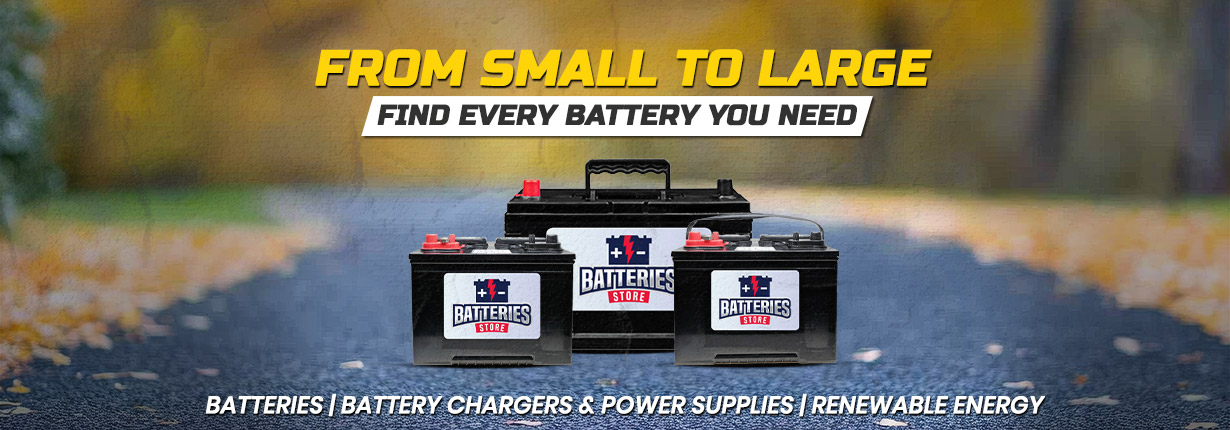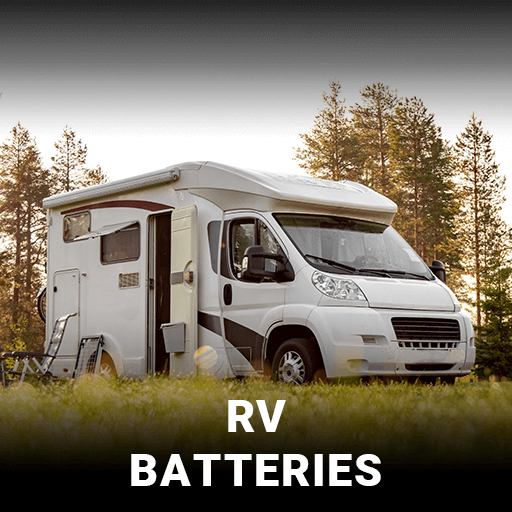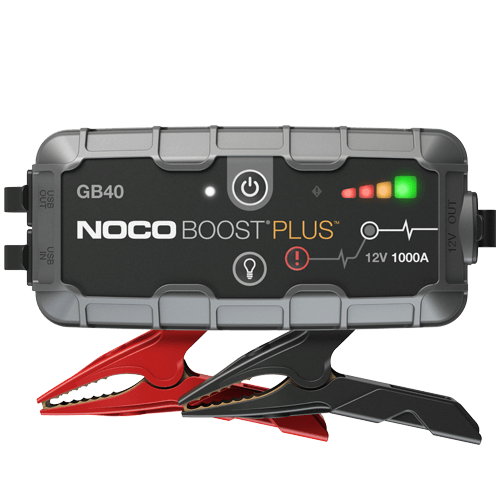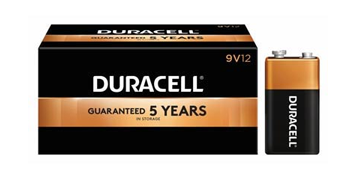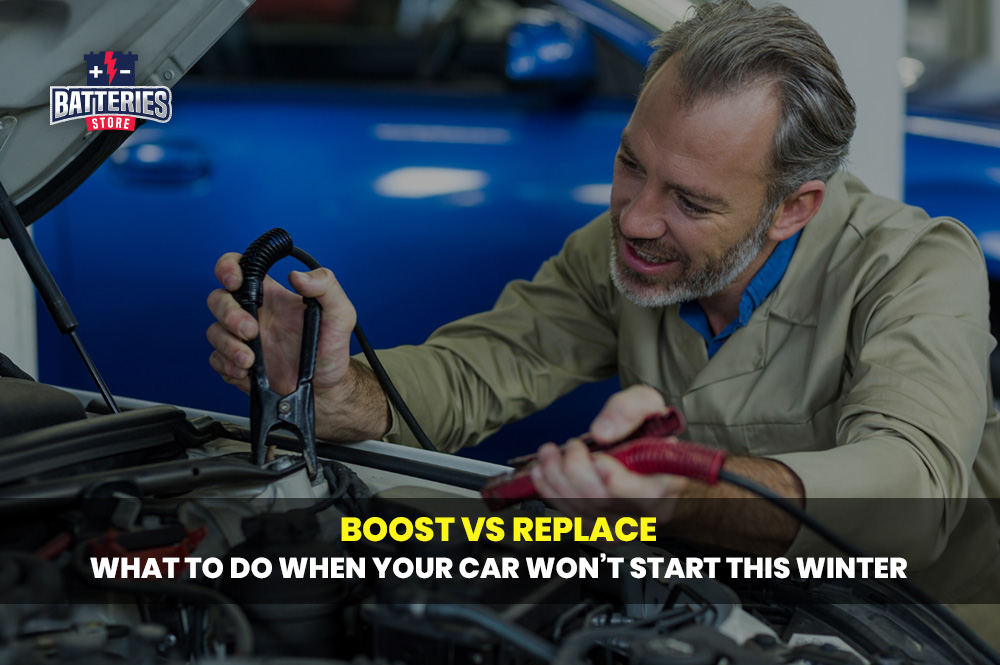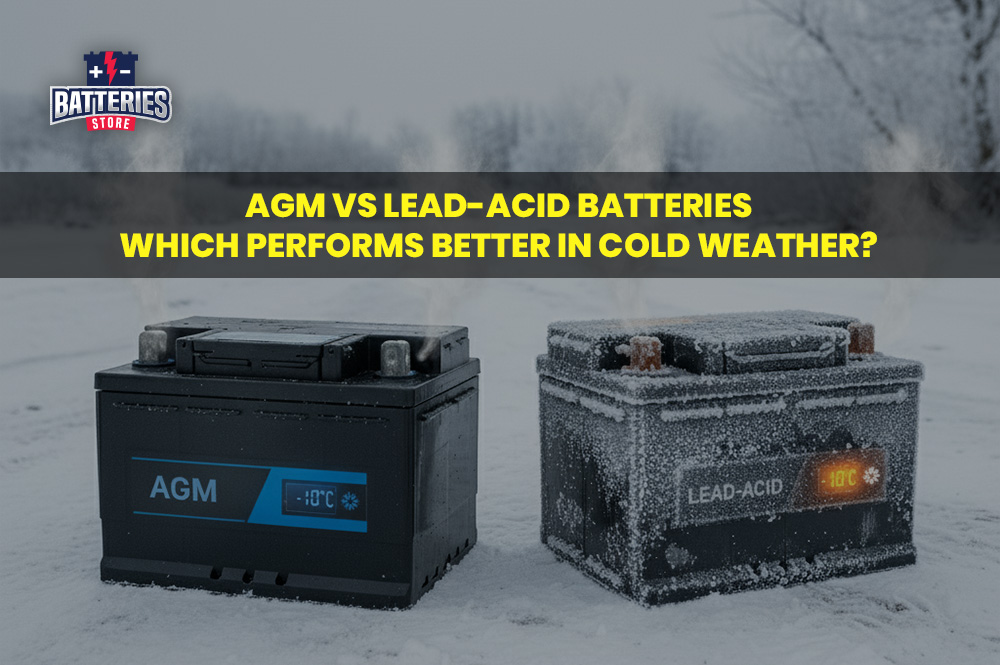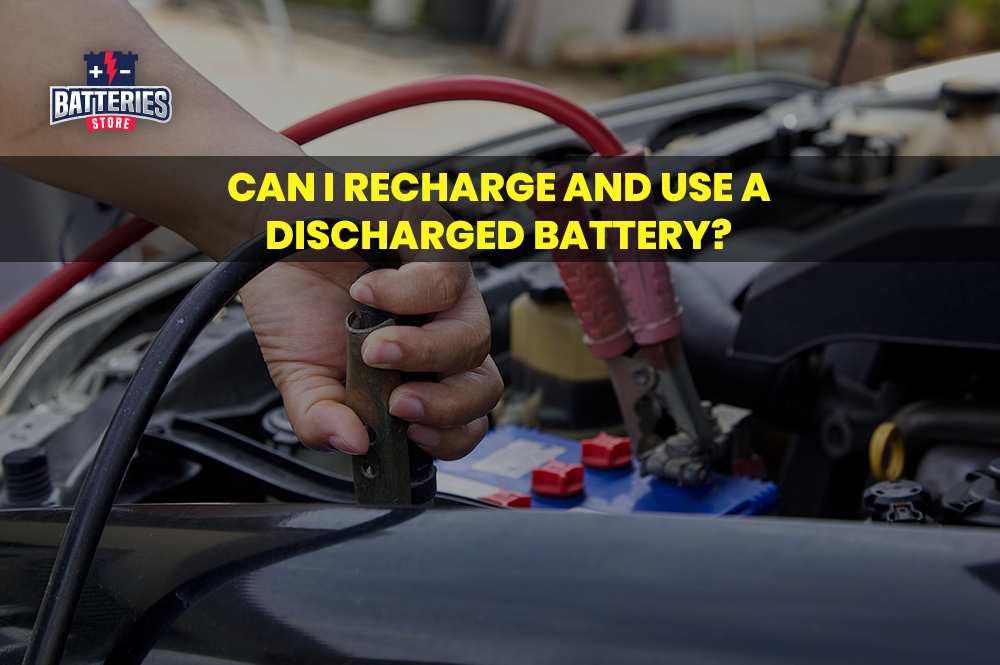Why Your Truck Needs a High-CCA Battery in Calgary Winter
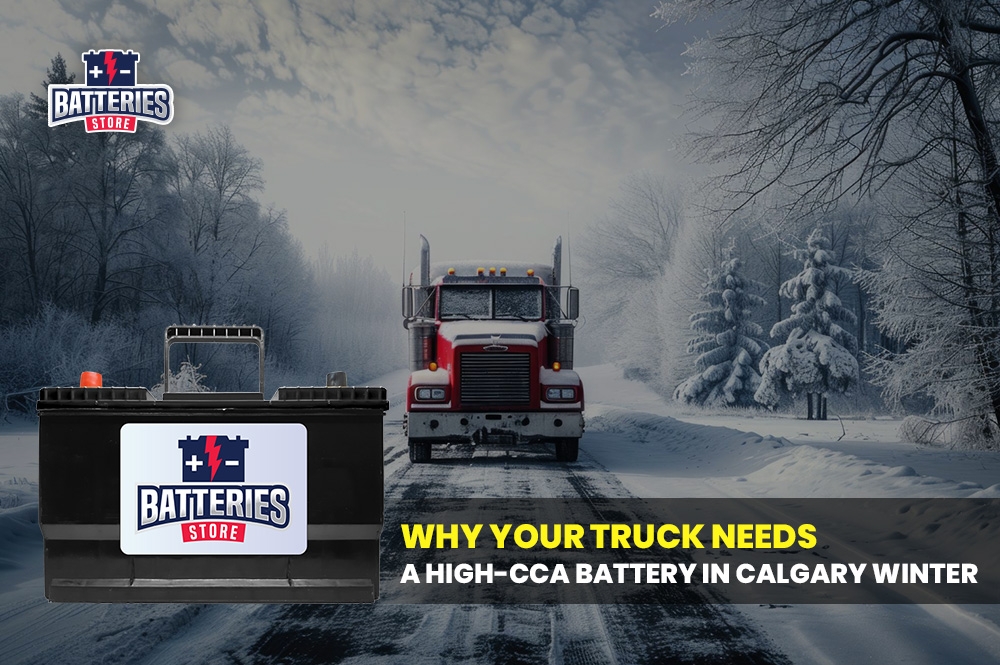
If you drive a truck in Calgary, you already know how unforgiving winter can be. When temperatures drop to –20°C, –25°C, or even colder, your engine needs serious power to start. And that’s where most standard car batteries fail.
A truck isn’t just a vehicle — it’s a workhorse. Whether you’re heading to a job site, driving to Chestermere, hauling equipment, or navigating Deerfoot Trail on a cold morning, you can’t afford a battery that gives up when the temperature drops.
That’s why every truck owner in Calgary needs a high-CCA (Cold Cranking Amps) battery to survive winter reliably.
Let’s break down why CCA matters so much here — and which truck batteries work best for our climate.
What Is CCA and Why Does It Matter in Calgary Winters?
CCA (Cold Cranking Amps) measures how much power a battery can deliver to start your engine in freezing temperatures (specifically at –18°C).
The higher the CCA, the easier the engine turns over in extreme cold.
In simple terms:
More CCA = Easier starts in freezing Calgary weather.
This is especially critical for trucks because:
- Truck engines are larger and require more power to crank.
- In cold weather, engine oil thickens, increasing resistance.
- Batteries naturally lose 30–50% of their power as temperatures drop.
A regular battery might work fine in summer, but in winter it won’t have enough starting strength — especially on those freezing Calgary mornings.
Why Your Truck Needs a High-CCA Battery (Not a Regular Car Battery)
1. Truck Engines Demand Extra Power
Most trucks in Calgary — Ford F-150, RAM 1500, GMC Sierra, Chevy Silverado, Toyota Tundra — have engines that need more starting current, particularly in the cold. A low-CCA battery simply won’t cut it.
2. Winters in Calgary Are Harsh and Extremely Unpredictable
We’ve all experienced it: one day it’s mild, the next day it’s –28°C with wind chill. Your truck’s battery needs the muscle to handle sudden drops in temperature.
A high-CCA battery remains strong even in:
- Overnight deep freeze
- Long periods of parking outdoors
- Early-morning winter cold starts
- Sudden cold snaps (very common in Calgary)
3. High-CCA Batteries Handle Heavy Loads Better
Most truck owners in Calgary use their truck for more than commuting. You may be running:
- Block heaters
- Heated seats/steering
- LED light bars
- Aftermarket accessories
- Winches
- Plows
- Trailer connectors
All these draws additional power.
A high-CCA battery ensures your truck starts even with accessories installed.
4. Lithium and AGM Batteries Don’t Suffer as Much in Cold
High-CCA batteries, especially AGM (Absorbent Glass Mat), deliver higher power output in freezing weather.
Even when the mercury plunges below –20°C, AGM batteries maintain strong cranking performance, unlike traditional flooded batteries.
5. Avoiding Winter Breakdowns Saves Time & Stress
Getting stuck with a dead battery during a Calgary winter storm is not just inconvenient — it can be unsafe.
A high-CCA battery:
- Starts your truck quicker
- Prevents frequent boosting
- Reduces stress on your starter motor
- Helps avoid roadside emergencies
Investing in the right battery now prevents expensive problems later.
How Much CCA Does Your Truck Need in Calgary?
General guideline:
- Gas Trucks: Minimum 650–850 CCA
- Diesel Trucks: Minimum 850–1,000+ CCA
- Heavy-Duty Use: 1,000+ CCA recommended
Because Calgary winters consistently hit below –18°C, always choose higher CCA than the manufacturer’s minimum requirement.
High-CCA Truck Batteries Available at Batteries Store Calgary
Batteries Store carries a large range of winter-ready, high-CCA truck batteries ideal for Calgary weather.
Here are top recommended options:
1. AGM High-CCA Truck Battery (850–1,050 CCA Range)
Best for:
- F-150 / RAM 1500 / GMC Sierra / Silverado
- Large engines that need strong cold-start performance
- Drivers who need reliability in extreme winter
Why choose it:
- High Cold Cranking Amps
- Long lifespan
- Zero maintenance
- Superior cold-weather performance
- Vibration-resistant (great for Alberta roads)
2. Heavy-Duty 1000+ CCA Truck Battery
Best for:
- Diesel trucks (RAM Cummins, Ford Powerstroke, Duramax)
- Work trucks and commercial vehicles
- Towing, hauling, winter job sites
Why choose it:
- Maximum starting power
- Designed for extreme cold
- Handles heavy electrical loads
3. Premium AGM Performance Battery
Best for:
- Drivers who park outside overnight
- Trucks with multiple accessories
- Off-road or winter adventure use
Why choose it:
- Strongest cold start performance
- Faster recharge
- Built for long-term reliability in cold climates
Signs Your Truck Battery Isn’t Ready for Calgary Winter
Replace your truck battery if you notice:
- Slow engine cranking
- Requiring frequent boosts
- Dim headlights
- Clicking sound when starting
- Battery is 3+ years old
- Electronics flicker or reset
- Corrosion on terminals
- Truck struggles during cold mornings
If your truck is showing any of these symptoms, get a free battery test before winter hits.
How to Protect Your Truck Battery During Calgary Winters
- Use a block heater
- Park indoors when possible
- Install an AGM high-CCA battery
- Keep terminals clean
- Avoid short trips in freezing weather
- Use a trickle charger during deep freezes
- Replace old batteries before cold season
A little prevention goes a long way to prevent winter breakdowns.
Conclusion
Your truck works hard for you — especially in Calgary’s demanding winter conditions. A high-CCA battery ensures your truck starts every morning, handles freezing temperatures, and supports all your electrical needs without fail.
Whether you drive a gas truck or a diesel powerhouse, choosing a high-CCA battery isn’t optional in Calgary. It’s essential.
Need a Winter-Ready Truck Battery? Visit Batteries Store Calgary Today!
- High-CCA AGM & heavy-duty truck batteries in stock
- Free battery testing
- Professional advice based on your truck model
- Winter-ready options for gas and diesel trucks
- Calgary’s trusted battery experts
Visit Batteries Store and shop Truck Batteries today.
Call for help choosing the right high-CCA battery.
